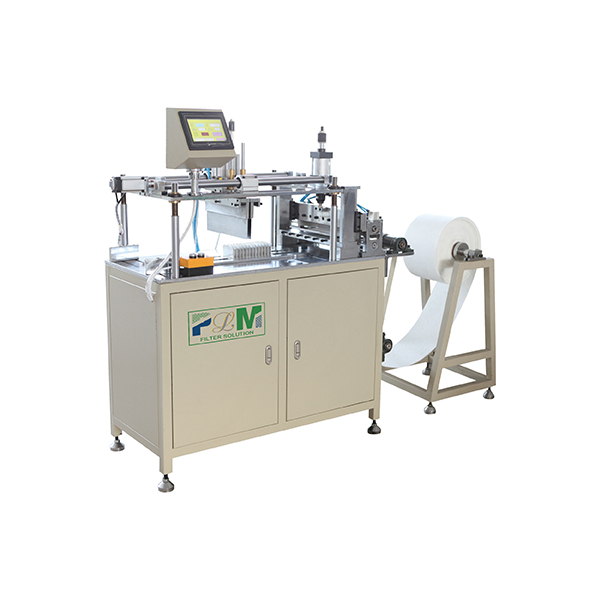Sep . 06, 2024 04:22 Back to list
High-Quality Filter Press Cloth - Micron Rating Experts
Understanding Filter Press Cloth Micron Ratings A Guide for Industries
In industrial processes, the efficiency of liquid-solid separation is paramount. This is where filter press cloths play a significant role. These specialized fabrics are essential components in a filter press system, which is widely used in sectors such as mining, water treatment, and food and beverage processing. One key aspect that often comes into play when selecting the right filter press cloth is the micron rating.
What is Micron Rating?
The micron rating of filter press cloths refers to the size of particles that the fabric can effectively filter. It is a measurement that denotes the smallest particle size that can be trapped by the filter cloth. Generally, a micron is one-millionth of a meter. For instance, a cloth with a 10-micron rating can filter out particles that are 10 microns or larger, allowing finer materials to pass through.
The choice of a suitable micron rating is crucial for industrial applications. It depends on the specific requirements of the process, the nature of the material being filtered, and the desired quality of the filtrate. For example, in wastewater treatment, a lower micron rating might be necessary to ensure that harmful contaminants are adequately removed before discharge or reuse.
Factors Influencing Micron Rating Selection
filter press cloth micron rating company

Several factors should be considered when selecting the appropriate micron rating for filter press cloths. Firstly, the type of slurry being processed plays a significant role. Slurries with larger particle sizes may not need a filter cloth with a low micron rating, whereas those with fine particulates may require finer filtration.
Secondly, the filtration goal must be defined. If the objective is to obtain a high-level clarity in the filtrate, opting for a cloth with a lower micron rating would be beneficial. Conversely, if the process focuses on throughput and efficiency, a higher micron rating, allowing for faster filtration, may be preferable.
Importance of Quality in Filter Press Cloths
Not all filter press cloths are created equal. The quality of the fabric, its weave, material composition, and compatibility with chemicals in the slurry significantly affect performance. Investing in high-quality cloths from reputable manufacturers ensures durability and reliability, which in turn minimizes downtime and maintenance costs in the long run.
Conclusion
The micron rating of filter press cloths is a fundamental aspect that impacts the efficiency of various industrial processes. By understanding the significance of this measurement and considering factors such as the nature of the slurry and filtration objectives, businesses can make informed decisions in their filtration applications. Selecting the right filter press cloth not only enhances operational efficiency but also contributes to improved product quality and compliance with environmental regulations. Ultimately, choosing the right micron rating can provide a competitive edge in the increasingly demanding landscape of industrial processing.
-
Active Carbon Air Filter for Air Purifier – Superior Odor & Allergen Removal
NewsJul.24,2025
-
High-Efficiency Active Carbon Air Filter for Air Purifier | Odor & Allergen Removal
NewsJul.23,2025
-
Active Carbon Air Filter for Air Purifier – High Efficiency Filtration Solution
NewsJul.22,2025
-
Durable Sintered Porous Metal Filter Tube Cup & Machines
NewsJul.22,2025
-
Effective Active Carbon Air Filter for Purifiers | Eliminate Odors
NewsJul.21,2025
-
PLJT-250-25 Full-auto Turntable Clipping Machine | Efficient Automation
NewsJul.20,2025
